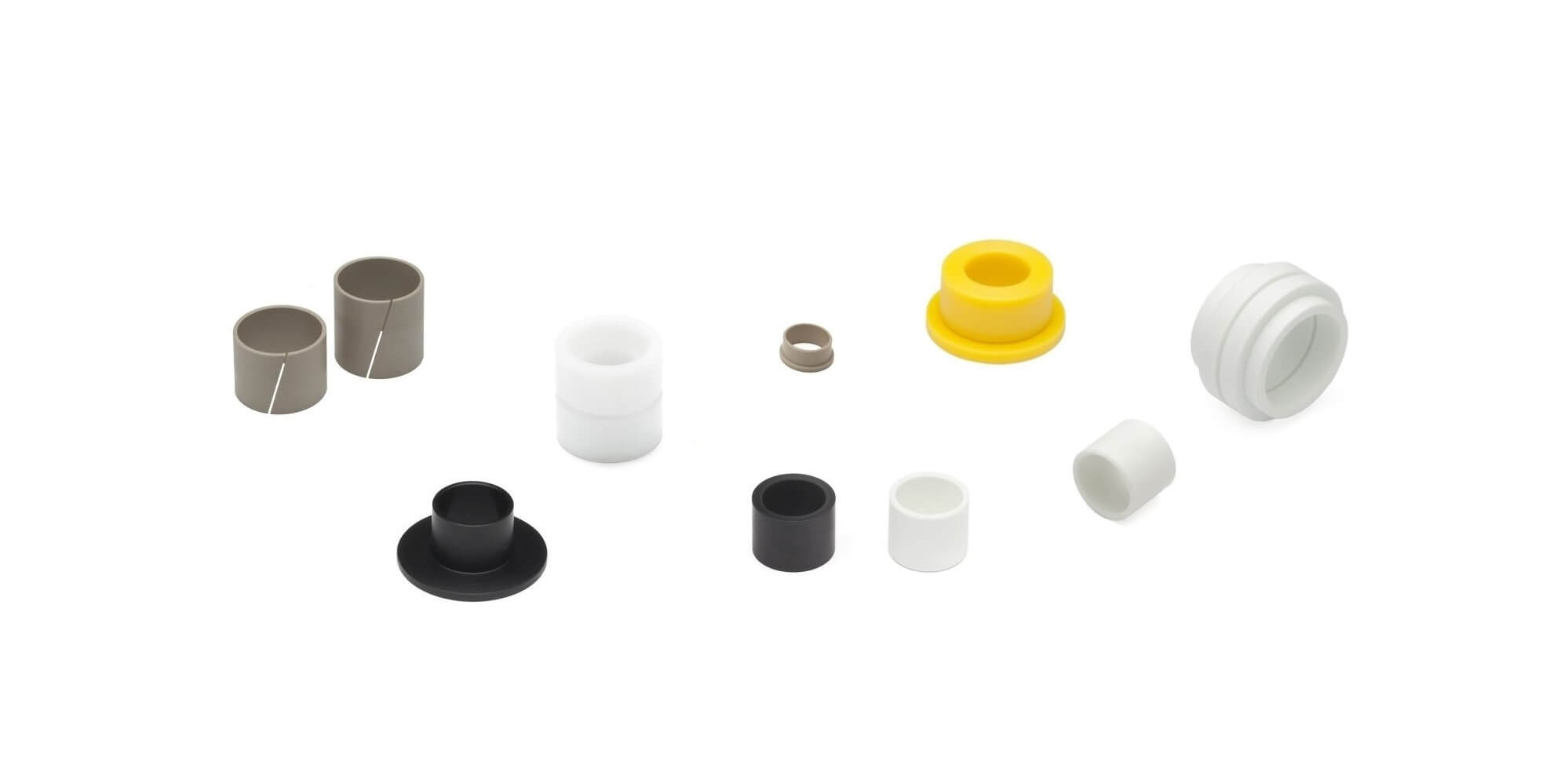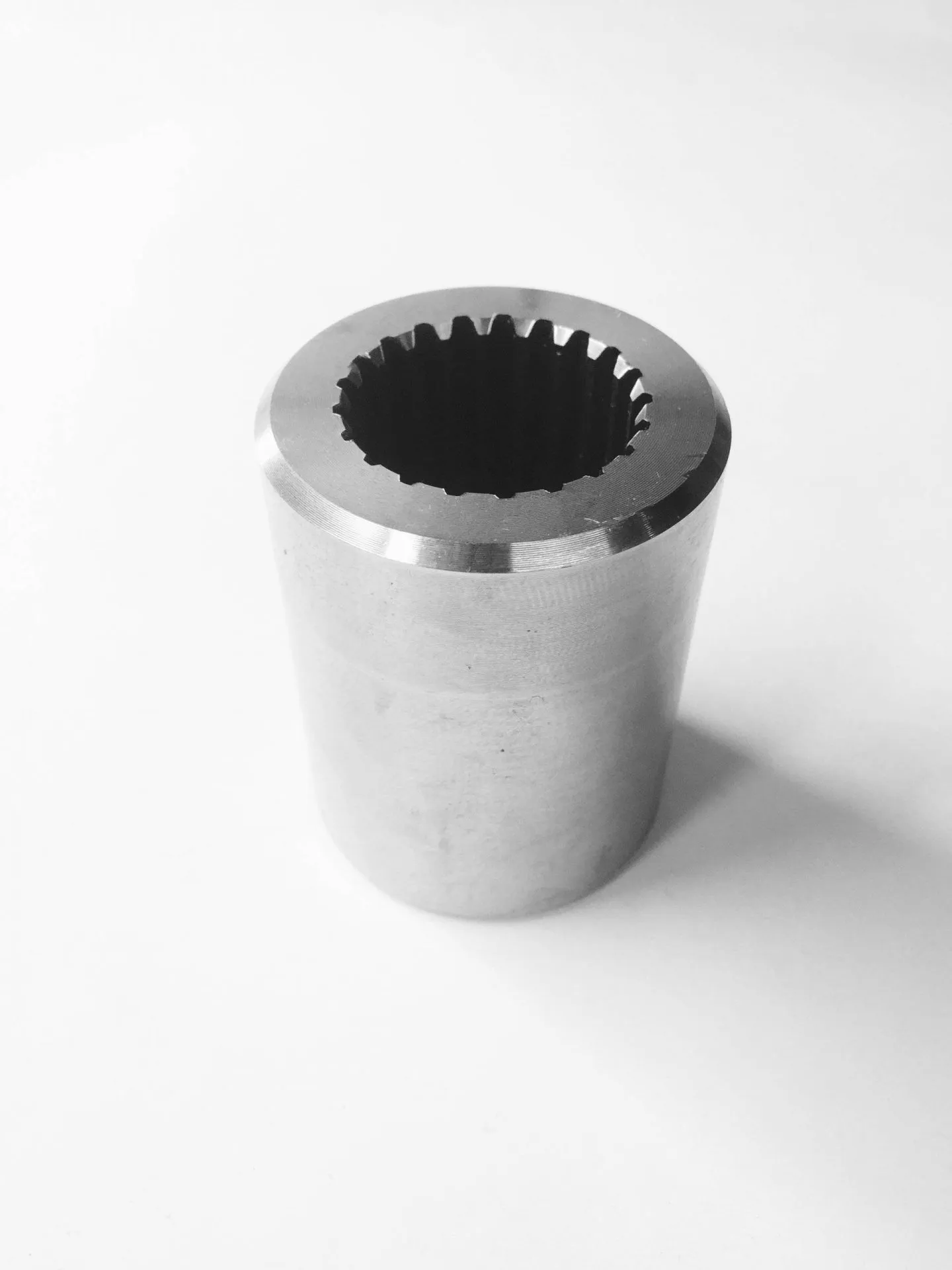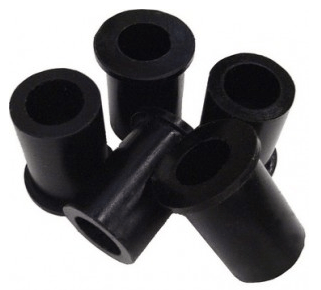
Where can I buy nylon bushings with FDA or RoHS compliance for certain industries like food processing?
If you are looking to purchase nylon bushings that comply with FDA (Food and Drug Administration) or RoHS (Restriction of Hazardous Substances) regulations for industries like food processing, here are some options to consider:
1. Industrial Suppliers and Distributors:
– Many industrial suppliers and distributors offer a wide range of nylon bushings that meet FDA or RoHS compliance requirements. These suppliers specialize in providing components for various industries, including food processing.
– Examples of well-known industrial suppliers and distributors include McMaster-Carr (https://www.mcmaster.com/), Grainger (https://www.grainger.com/), and MSC Industrial Supply (https://www.mscdirect.com/).
2. Specialty Manufacturers:
– Some manufacturers specialize in producing nylon bushings specifically designed for industries like food processing. These manufacturers understand the specific regulatory requirements and can provide bushings that meet FDA and RoHS compliance standards.
– Conduct a search for specialty manufacturers that focus on components for the food processing industry. They often have dedicated product lines or specific certifications for compliance with regulatory standards.
3. Online Marketplaces:
– Online marketplaces can be a convenient option to find nylon bushings with FDA or RoHS compliance. Platforms like Amazon (https://www.amazon.com/), eBay (https://www.ebay.com/), or Alibaba (https://www.alibaba.com/) have a wide variety of suppliers and sellers offering industrial components, including nylon bushings.
– While using online marketplaces, ensure that the sellers or suppliers explicitly mention FDA or RoHS compliance in their product descriptions or specifications. It’s also a good practice to verify the seller’s reputation and customer reviews before making a purchase.
4. Directly from Manufacturers:
– Contacting nylon bushing manufacturers directly can be another option to inquire about FDA or RoHS compliant products. Many manufacturers have websites where you can find their product catalogs, certifications, and contact information.
– Reach out to the manufacturers and inquire about their nylon bushing offerings that comply with FDA or RoHS regulations. They can provide detailed information about product specifications, compliance certifications, and assist you in finding the right bushings for your specific needs.
When purchasing nylon bushings for industries like food processing, it is essential to ensure that the products meet the specific compliance requirements. Look for bushings explicitly labeled as FDA-compliant or RoHS-compliant, and review the product documentation or certifications provided by the supplier or manufacturer.
Additionally, consider factors such as product quality, pricing, availability, and customer support when selecting a supplier or manufacturer for nylon bushings.
By exploring these options, you can find reputable sources to buy nylon bushings with FDA or RoHS compliance for industries like food processing.

Can I find information on the compatibility of nylon bushings with different shaft materials?
If you are looking for information on the compatibility of nylon bushings with different shaft materials, here’s a detailed explanation:
1. Manufacturer Documentation:
– The best source of information regarding the compatibility of nylon bushings with specific shaft materials is the documentation provided by the manufacturer of the nylon bushings. Manufacturers typically offer technical datasheets, product catalogs, or application guides that provide details on the recommended shaft materials for their nylon bushings.
– Consult the manufacturer’s documentation and look for sections that discuss shaft material compatibility or provide guidelines on suitable shaft materials to use with their nylon bushings. These resources may outline specific recommendations or highlight any limitations or restrictions regarding shaft material compatibility.
2. Material Compatibility Charts:
– Some manufacturers or industry organizations provide material compatibility charts or databases that can help you assess the compatibility of different materials, including nylon and various shaft materials. These charts typically indicate whether a particular combination of materials is compatible, incompatible, or requires additional considerations.
– Search for material compatibility charts or databases specific to nylon bushings and shaft materials. These resources may be available online or provided by industry associations, material suppliers, or engineering organizations. Cross-referencing the nylon material and the specific shaft material can provide insights into their compatibility.
3. Engineering Handbooks and References:
– Engineering handbooks and references can be valuable sources of information on material compatibility. Look for engineering handbooks or reference manuals that cover the topic of tribology (the study of friction, wear, and lubrication) or materials engineering. These references often include information on the compatibility of different materials, including nylon and various shaft materials.
– Visit libraries or online platforms that provide access to engineering literature, such as technical journals, textbooks, or databases. Search for keywords related to material compatibility, nylon bushings, and shaft materials to find relevant information.
4. Consult with Experts:
– If you require more specific or specialized information on the compatibility of nylon bushings with different shaft materials, consider consulting with experts in the field of materials engineering or mechanical engineering. These professionals can provide insights based on their knowledge and experience.
– Contact manufacturers or suppliers of nylon bushings and explain your specific application requirements and the shaft materials you are considering. They may be able to offer guidance or recommendations based on their expertise and familiarity with their products.
– Engage with professional engineering organizations or forums where you can seek advice from qualified engineers or subject matter experts. These platforms can provide a collaborative environment for discussing material compatibility and obtaining insights from professionals in the field.
By referring to manufacturer documentation, material compatibility charts, engineering handbooks, and consulting with experts, you can gather information on the compatibility of nylon bushings with different shaft materials. Remember that material compatibility is a complex subject, and it is crucial to consider other factors such as operating conditions, loads, and environmental factors when selecting the appropriate combination of nylon bushings and shaft materials for your specific application.

Can I get guidance on selecting nylon bushings based on factors like load capacity and speed?
If you are seeking guidance on selecting nylon bushings based on factors such as load capacity and speed, here’s a detailed explanation:
1. Load Capacity:
– Consider the maximum load or force that the nylon bushing will need to withstand in your application. This can be determined by analyzing the forces involved, such as static loads, dynamic loads, or impact loads.
– Check the manufacturer’s specifications or technical datasheets for the nylon bushings you are considering. Look for the maximum load capacity or load ratings provided by the manufacturer.
– Ensure that the selected nylon bushing has a load capacity that exceeds the expected loads in your application to ensure reliable performance and avoid premature failure.
2. Speed:
– Evaluate the speed at which the nylon bushing will operate in your application. Speed can impact the friction, heat generation, and wear characteristics of the bushing.
– Check the manufacturer’s specifications or technical datasheets for the maximum recommended speed or velocity for the nylon bushings. Exceeding the recommended speed can lead to increased friction, heat buildup, and accelerated wear.
– Consider the lubrication method for the bushing. Some nylon bushings may require additional lubrication to reduce friction and dissipate heat at higher speeds.
3. PV Value:
– The PV value is a measure of the pressure (P) and velocity (V) applied to the nylon bushing. It is calculated by multiplying the load or pressure per unit area by the sliding speed.
– Consult the manufacturer’s specifications or technical datasheets to determine the PV limits of the nylon bushings. Exceeding the recommended PV value can result in excessive wear, heat generation, and reduced performance.
4. Operating Conditions:
– Consider the operating conditions of your application, including temperature, humidity, and exposure to chemicals or environmental factors. These factors can influence the performance and durability of nylon bushings.
– Ensure that the selected nylon bushings are compatible with the specific operating conditions. For example, if your application involves high temperatures, look for heat-stabilized nylon bushings or alternative materials with higher temperature resistance.
5. Consult with Manufacturers or Suppliers:
– Reach out to manufacturers or suppliers specializing in nylon bushings. They can provide guidance on selecting the appropriate bushings based on your specific load capacity and speed requirements.
– Provide detailed information about your application, including the expected loads, speeds, operating conditions, and any other relevant factors. The manufacturer or supplier can assist you in choosing the most suitable nylon bushings for your needs.
By considering factors such as load capacity, speed, PV value, operating conditions, and seeking guidance from manufacturers or suppliers, you can make informed decisions when selecting nylon bushings that can effectively meet the performance requirements of your application.


editor by CX 2024-04-25